
views
Treatment for a Broken Tail

Take your cat to the vet to determine the best treatment plan. Even if the injury seems minor, it’s always best to let a vet properly diagnose your cat’s injuries. They can perform an X-ray and physically examine your cat to see if the tail is broken, and, if so, to what extent. Transport your injured cat in a carrier so they can’t move around a lot and hurt themselves more. Extra tests may be conducted (e.g., urinalysis, blood test, etc.) if your cat’s tail injury is impacting other parts of their body.

Follow your vet’s treatment advice. Ultimately, your cat’s treatment plan depends on where the tail is broken and how the break occurred. Injuries that are closer to the cat’s rear may involve nerve damage, which can impact a cat’s ability to relieve themselves; meanwhile, breaks around the end of the tail can often heal independently. For tail bones that are completely crushed, the vet may recommend amputation. Tail tip injuries can often be cared for at home, as your cat can heal independently. Lower tail injuries may require more severe treatments, like surgery or amputation. Some minor tail fractures can be stabilized with a splint. Try not to panic if your cat’s tail gets injured. Veterinarian Natalie Punt explains how “the great thing about cats is that they heal very easily by themselves.” While only your vet can confirm your cat’s treatment plan, there’s no need to jump to the worst possible conclusion.
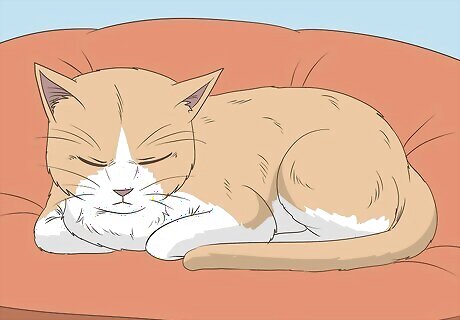
Keep a close eye on your cat as they recover at home. Confirm with your vet what your cat should and shouldn’t be doing as they recover from a minor tail injury. Make sure that your cat gets plenty of rest—your vet may recommend that you put your cat in an enclosed area as they heal. Depending on how serious your cat’s injury is, you may have to give them baths at home. For more severe injuries, you may have to help your cat relieve themselves. Speak with your vet to confirm the best ways to support your pet as they recover.

Help manage your cat’s pain with medication. Talk to your vet to see which pain medication is best for your cat’s injury, as well as the proper dosage. They can give you a prescription or OTC medication that’s safe for your cat. Whatever you do, don’t give your pet any human medications, like an NSAID (e.g., ibuprofen, naproxen, aspirin)—this can be dangerous for your cat. Keep in mind that cats often hide their pain instead of making it obvious that they’re hurting. They might refuse to do things or go places they went before (like jumping on a high level of a cat tree), or they might spend even more time resting than they typically do.

Give your cat any vet-prescribed medications. If your cat’s tail injury has impacted their ability to relieve themselves, your vet may prescribe medication (like bethanechol, phenylpropanolamine, diethylstilbesterol, etc.) to give them help make the process easier. Antibiotics might be a treatment option for certain tail injuries, too. If your cat experiences a bladder infection, your vet may prescribe antibiotics to help them get rid of it.
Prognosis for a Broken Tail
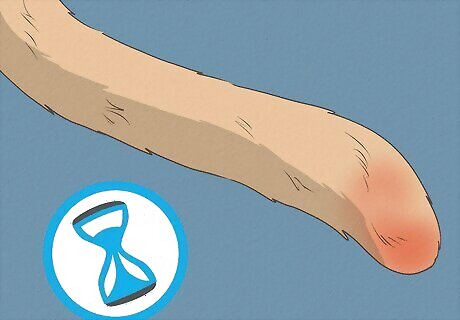
Tail tip injuries can heal easily with minimal treatment. Your vet may recommend letting the tail heal on its own, especially if the break isn’t impacting your cat’s ability to move around or relieve themselves. Your cat may be back to normal in a few weeks. However, confirm with your vet to get a more accurate prognosis for your specific case.
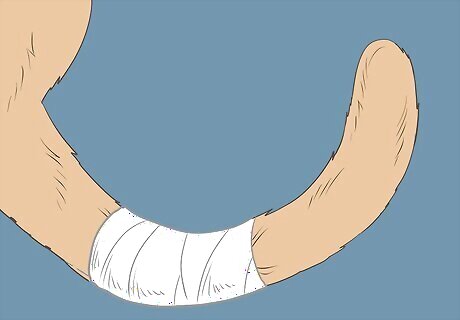
Extensive tail injuries can require a longer recovery time. Unfortunately, severe tail fractures and injuries can have serious impacts on a cat’s ability to function and relieve themselves. Depending on the injury, your vet may suggest surgically fixing the tail or even amputating it. These options require a more extensive recovery time. Tail injuries can be pricey to fix, especially if they require surgery. Be prepared to potentially pay thousands of dollars for something like this. Tail injuries that impact the nerves may need 6 months to heal fully. If your cat temporarily lost the ability to relieve themselves, wait a week to see if this symptom improves. If a month passes and your cat is still affected, they likely won’t get their continence back.
Symptoms of a Broken Tail

The tail is visibly injured. Tail tip injuries often look like a small “bump” in the normally straight line of a cat’s tail. In other cases, the cat’s tail might have a limp tail. They may also react painfully when their tail is touched by flinching and meowing, and may act more aggressively than their usual temperament.
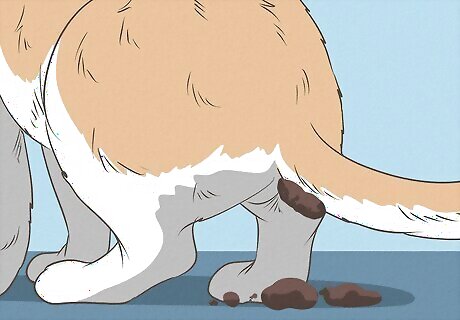
Your cat can’t control their bowel movements. You may notice your cat’s waste sticking to their tail, or see some of their waste leaking out. Their anal sphincter might seem wider than it normally is, even when your cat isn’t relieving themselves.
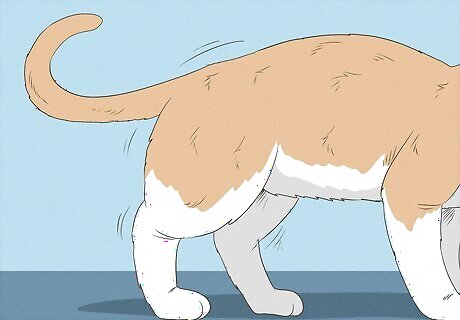
Your cat has trouble moving around. Severe tail injuries can interfere with your cat’s ability to move their back legs properly. Be on the lookout for your cat’s gait and stance seeming out of whack.
Causes of a Broken Tail
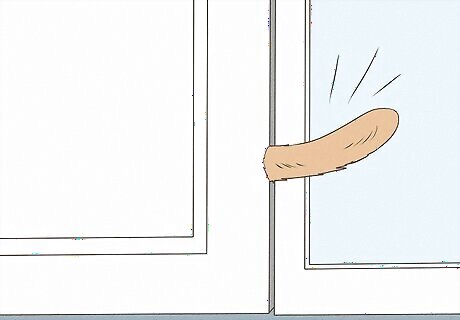
Closed doors Unfortunately, shutting the door quickly on an unseen cat tail can lead to a fracture.
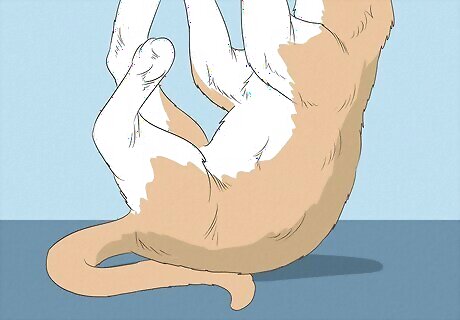
FallingIf your cat takes a tumble off a bed, high cat tree, couch, windowsill, or other piece of furniture, they can break their tail.

Rolling chair If your cat is hanging out directly behind your office chair, it’s easy for their tail to get caught beneath the wheels.

Getting stepped on If a person isn’t totally aware of where their cat is, they might step on their tail by mistake.



















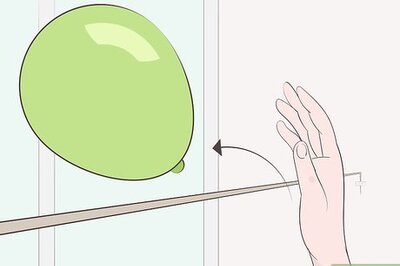
Comments
0 comment